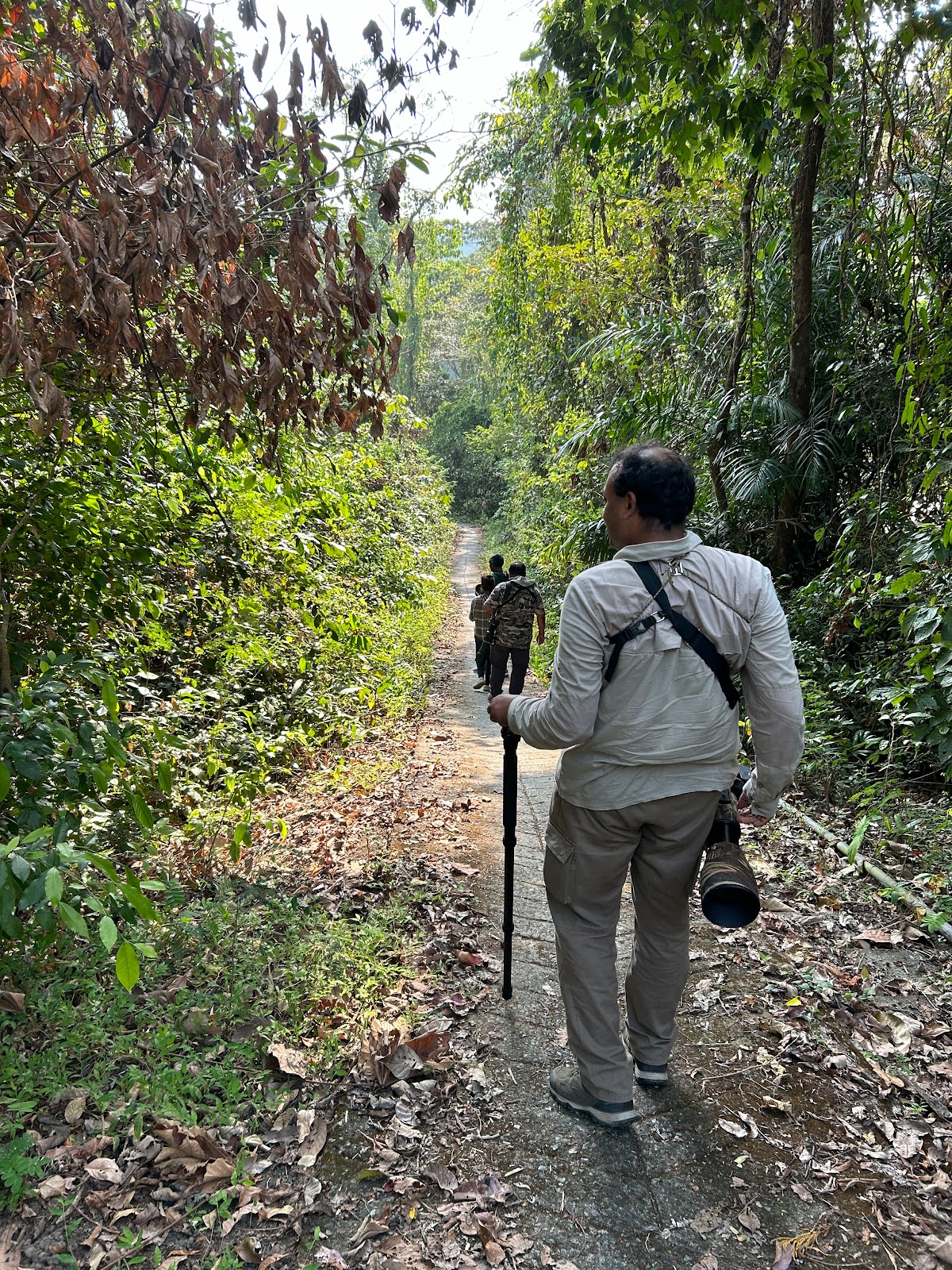Posts
Showing posts with the label birds-forest

Posted by
Flowergirl
Andaman journeys - Lucky last day
- Get link
- X
- Other Apps

Posted by
flowergirl
Andamans Day 6 - The Black Baza of Kalatang and the history of names
- Get link
- X
- Other Apps

Posted by
Flowergirl
Andamans Day 5 - The Andaman teals, and Daurian Starling show and other sidelights
- Get link
- X
- Other Apps

Posted by
Flowergirl
Andaman Day 4 and 5 - Rangat scrub and open forests
- Get link
- X
- Other Apps